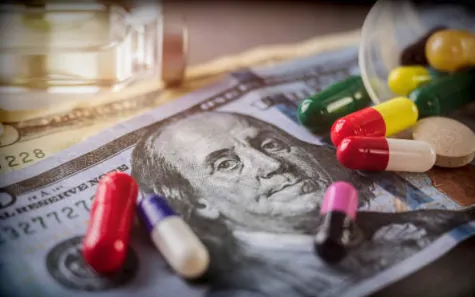
Why Did I Pay a $285 Copay for a $40 Prescription? Understanding Insurance Surprises
You've opened your wallet at the pharmacy, expecting a typical copay—only to discover you're being charged $285 for a prescription that actually costs around $40. Frustration, confusion, and a feeling of unfairness can follow, but you’re not alone. This problem happens more often than you might think. Understanding how and why it occurs can help you take steps to fix it.
At Nelson, Bryan, and Cross, we guide clients through disputes with insurers and healthcare providers when billing surprises threaten both health and finances. Here's what to keep in mind.
How Copays Can Be Out of Whack
Insurance Plan Tiering
Drugs are categorized into “tiers” under most insurance plans:Generic drugs often fall into Tier 1 (lowest copay).
Brand-name or specialty drugs fall into higher tiers with larger copays.
This tiering can override actual retail cost. So you may pay a high copay for a low-cost drug simply because it’s categorized as a tier-two or higher medication.
Formulary Changes or Errors
Insurers frequently update their formularies—lists of covered medications. If the pharmacy or insurer has outdated information, they may charge a copay based on an incorrect coverage level. These clerical errors can be costly and frustrating.Pharmacy Benefit Manager (PBM) Practices
PBMs negotiate drug prices with pharmacies and insurers. They handle reimbursement and tier placement. PBMs may inflate patient copays to increase their own profit margin, even if the actual drug cost is low.Dispensing Fees and Markups
Some pharmacies add fees for dispensing or mark up prices beyond their actual cost. These fees might be bundled into the copay, making it seem larger even when the base drug is inexpensive.
Your Rights as a Patient
You aren’t powerless:
Request an audit: Ask your insurer or PBM to explain how your copay was determined.
Present cost evidence: Show pharmacy receipts or pricing tools that illustrate the actual retail cost.
File a complaint: You can escalate billing disputes to your insurance company, state regulators, or your state’s insurance commission.
Seek alternative coverage: Ask your provider about patient assistance programs, manufacturer coupons, or switching to lower-tier options.
Timely action is crucial: begin your challenge as soon as you receive the bill.
How Legal Help Can Level the Field
Rest assured, you’re not alone or without recourse. If you’ve been overcharged—in compound copays, over-tiering, or confusing arrangements—we can help:
Analyze your insurance documents
Track coding or formulary updates
Demand refunds or adjustments when warranted
Escalate unresolved disputes
Advocate if your access to needed medication is at risk
Why It Matters
High copays can delay or deter treatment—a risky outcome for conditions that require consistent medication. Unexpected billing is stressful enough; it should never endanger your health.
Mispriced medications can also trigger noncompliance with treatment or spiraling financial distress, especially for patients managing chronic or critical illnesses.
Final Thoughts and Taking Action
If you’ve been charged a copay far higher than the drug’s actual cost, don’t ignore it. Review your insurance documentation, challenge the billing, and assert your rights. Insurance may be complex—but you don’t have to face it alone.
Contact us today to schedule a free consultation with one of our health law attorneys. We’ll review your situation, stand up to insurers, and help ensure you pay only your fair share—never more.